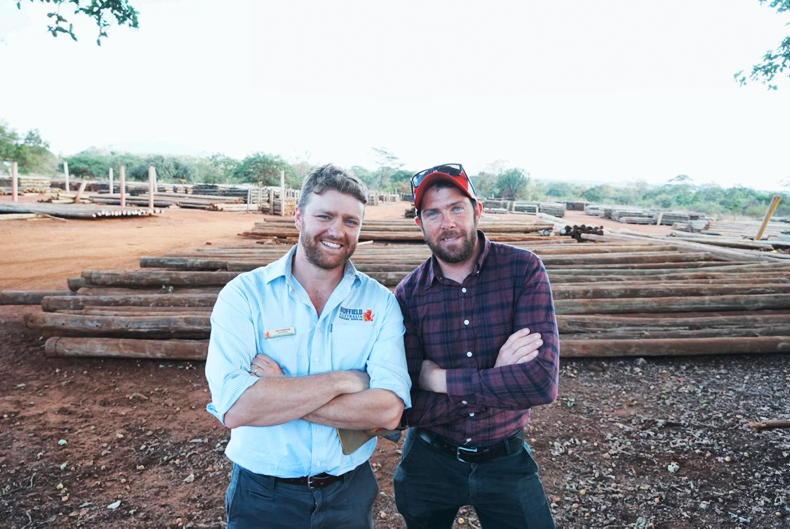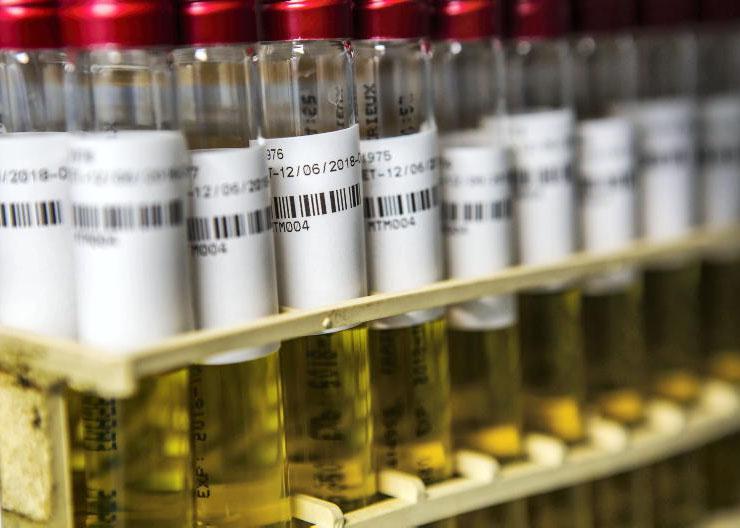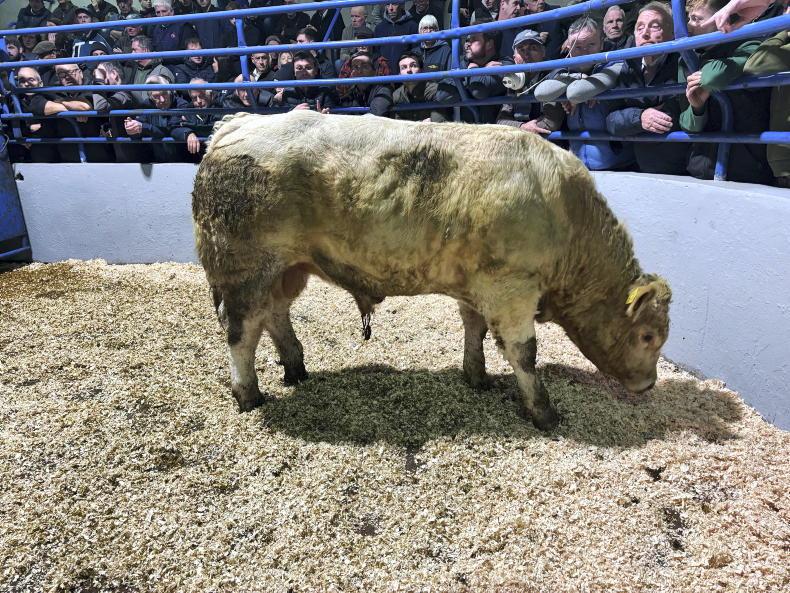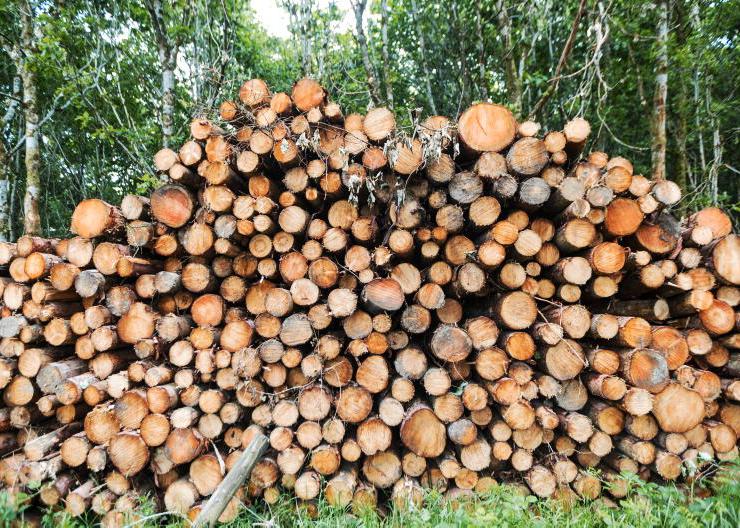Marts have started to submit proposals to the Department of Agriculture as to how they will facilitate sales.
All proposals must follow the guidelines below from the HSE and Department of Agriculture:
Only the minimum number of staff necessary for the safe running of operations are present at any one time in the marts – ordinarily no more than three or four people.Only the minimum number of clients are present in the mart premises at any one time. This will likely involve phone contact, individual appointment times being allocated to sellers to drop off cattle and individual appointment times being allocated to individual buyers to view/collect cattle and the seller and buyer attending on their own without any other persons. Physical distancing measures in compliance with HSE guidelines will be ensured.Appropriate hygiene measures to minimise the risk of COVID-19 transmission will be in place.Cattle sales
Speaking to the Irish Farmers Journal, Ray Doyle of ICOS said: “It is important to highlight that marts have not resumed trading as we know it. There is no auction system and no member of the public is allowed to enter a mart premises without being directly invited. “The trade that is taking place is between two parties and is being facilitated by the mart’s physical infrastructure including the weigh bridge and IT system, along with the vital assurance of security of payment that marts offer.
Two types of cattle trading will be available, provided they are essential and minimise the potential for contact between people:
Calves: for calves, a service whereby a farmer can deliver calves to the mart via a drop and go system. The mart will then batch calves for purchasers. The price will be decided between the mart and the purchaser and the farmer will be contacted on the phone to accept the price. The mart will put through the sale, pay the farmer and calves will move to the purchaser. It’s a lot simpler with calves as dairy farmers in general will be happy to sell calves and once the market price or near it is being paid, all parties will be happy. Older cattle: for older livestock, a weighing service for lots of cattle/sheep, by appointment, with the mart facilitating the transaction between a buyer and a seller. It’s a little more challenging for these type of cattle to operate in the proposed arrangements. A number of agents would operate here acting on behalf of farmers. You also have farmer buyers. The issue is how the mart decides what buyer to contact for different batches of cattle. There is also an issue around price. With weekly reporting of sales and being in the mart to judge the trade, farmers selling stock always have a fair idea of what stock are worth and what they will sell them for. They will now depend on the mart to get the best price for their animals.
Sheep sales
There is an opportunity for the system to work very well for spring lamb sales. A number of marts already operate systems whereby lambs are weighed on a specific day and one purchaser (a butcher or wholesaler/factory agent) pays a set price depending on what the lambs weigh in the mart on the day.
Mart contact
Prospective buyers and sellers are asked to contact their local mart as each mart is likely to have different operating arrangements as to what days and how they will operate.
Step 1 Farmer contacts mart via phone with details of stock to sell.
Step 2 Mart arranges a purchaser for the farmer’s cattle via phone.
Step 3 Mart contacts the farmer with price per kg offered and the farmer agrees – or not.
Step 4 Appointment made for farmer to bring cattle to mart, mart staff unloads and blue cards are handed over.
Step 5 Farmer/buyer is able to view weighing from a distance separately.
Step 6 Sale goes through, animals are loaded for the buyer, seller goes home, cheque issues.
Marts have started to submit proposals to the Department of Agriculture as to how they will facilitate sales.
All proposals must follow the guidelines below from the HSE and Department of Agriculture:
Only the minimum number of staff necessary for the safe running of operations are present at any one time in the marts – ordinarily no more than three or four people.Only the minimum number of clients are present in the mart premises at any one time. This will likely involve phone contact, individual appointment times being allocated to sellers to drop off cattle and individual appointment times being allocated to individual buyers to view/collect cattle and the seller and buyer attending on their own without any other persons. Physical distancing measures in compliance with HSE guidelines will be ensured.Appropriate hygiene measures to minimise the risk of COVID-19 transmission will be in place.Cattle sales
Speaking to the Irish Farmers Journal, Ray Doyle of ICOS said: “It is important to highlight that marts have not resumed trading as we know it. There is no auction system and no member of the public is allowed to enter a mart premises without being directly invited. “The trade that is taking place is between two parties and is being facilitated by the mart’s physical infrastructure including the weigh bridge and IT system, along with the vital assurance of security of payment that marts offer.
Two types of cattle trading will be available, provided they are essential and minimise the potential for contact between people:
Calves: for calves, a service whereby a farmer can deliver calves to the mart via a drop and go system. The mart will then batch calves for purchasers. The price will be decided between the mart and the purchaser and the farmer will be contacted on the phone to accept the price. The mart will put through the sale, pay the farmer and calves will move to the purchaser. It’s a lot simpler with calves as dairy farmers in general will be happy to sell calves and once the market price or near it is being paid, all parties will be happy. Older cattle: for older livestock, a weighing service for lots of cattle/sheep, by appointment, with the mart facilitating the transaction between a buyer and a seller. It’s a little more challenging for these type of cattle to operate in the proposed arrangements. A number of agents would operate here acting on behalf of farmers. You also have farmer buyers. The issue is how the mart decides what buyer to contact for different batches of cattle. There is also an issue around price. With weekly reporting of sales and being in the mart to judge the trade, farmers selling stock always have a fair idea of what stock are worth and what they will sell them for. They will now depend on the mart to get the best price for their animals.
Sheep sales
There is an opportunity for the system to work very well for spring lamb sales. A number of marts already operate systems whereby lambs are weighed on a specific day and one purchaser (a butcher or wholesaler/factory agent) pays a set price depending on what the lambs weigh in the mart on the day.
Mart contact
Prospective buyers and sellers are asked to contact their local mart as each mart is likely to have different operating arrangements as to what days and how they will operate.
Step 1 Farmer contacts mart via phone with details of stock to sell.
Step 2 Mart arranges a purchaser for the farmer’s cattle via phone.
Step 3 Mart contacts the farmer with price per kg offered and the farmer agrees – or not.
Step 4 Appointment made for farmer to bring cattle to mart, mart staff unloads and blue cards are handed over.
Step 5 Farmer/buyer is able to view weighing from a distance separately.
Step 6 Sale goes through, animals are loaded for the buyer, seller goes home, cheque issues.










SHARING OPTIONS